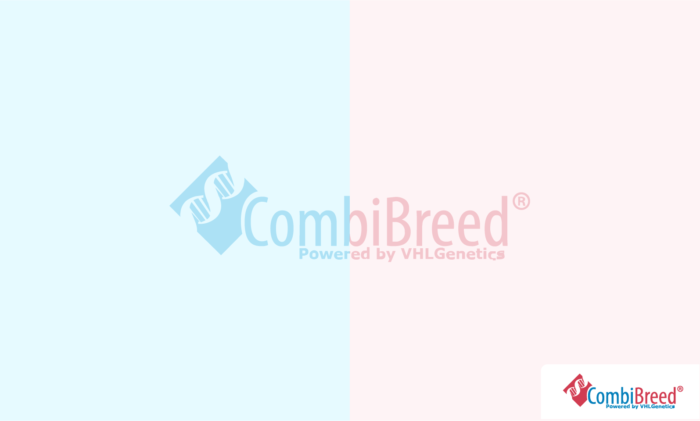
kr0,- kr0,- ekskl. mva
Only available in bundles
Factor XII deficiency, also known as Hageman deficiency, is the most common congenital coagulopathy in domestic cats.
10 Arbeidsdager
Fra kr 58,- i frakt og administrasjon per bestilling (inkl. mva)
Only available in bundles
Spesifikasjoner
| Breeds | |
|---|---|
| Gene | |
| Chromosome | A1 |
| Mutation | c.1631G>C |
| Mode of Inheritance | Automatisk resessiv |
| Organ | |
| Specimen | Svaber, EDTA blod, heparinblod, sæd, vev |
Generell informasjon
Factor XII deficiency, also known as Hageman deficiency, is the most common congenital coagulopathy in domestic cats. Blood coagulation (also known as blood clotting) is regulated by a complex cascade of plasma proteins. This is an essential process that stops bleeding at the site of injury.
One of these key proteins is coagulation factor XII (also referred to as FXII, F12, or factor 12). Mutations in the F12 gene disrupt the normal function of FXII, leading to prolonged clotting times (both activated partial thromboplastin time (aPTT) and activated clotting time (ACT) are prolonged).
This test detects variant 147, which is associated with a moderate to severe decrease in FXII activity causing difficulties in blood coagulation. It is found widespread across many breeds. Indicating that it is more prevalent than variant 533.
Kliniske egenskaper
Variant 147 leads to FXII deficiency, resulting in reduced activity of detectable factor XII in the cat's blood plasma. Cats that are homozygous for this mutation have a severe deficiency and may show an increased tendency to bleed after surgery or even minor trauma. Cats that are heterozygous typically have a moderate reduction in FXII activity.
Tilleggsinformasjon
In literature an autosomal recessive inheritance pattern is suggested, but also describes mild clinical features in cats heterozygous for this variant.
If both variant 147 and 533 are present in heterozygous state, the animal will not produce any functional FXII protein. The cat will be considered as homozygous affected (compound heterozygosity).
Referanser
Pubmed ID: 28392508
Year published: 2017
Omia ID: 364
Omia variant ID: 147